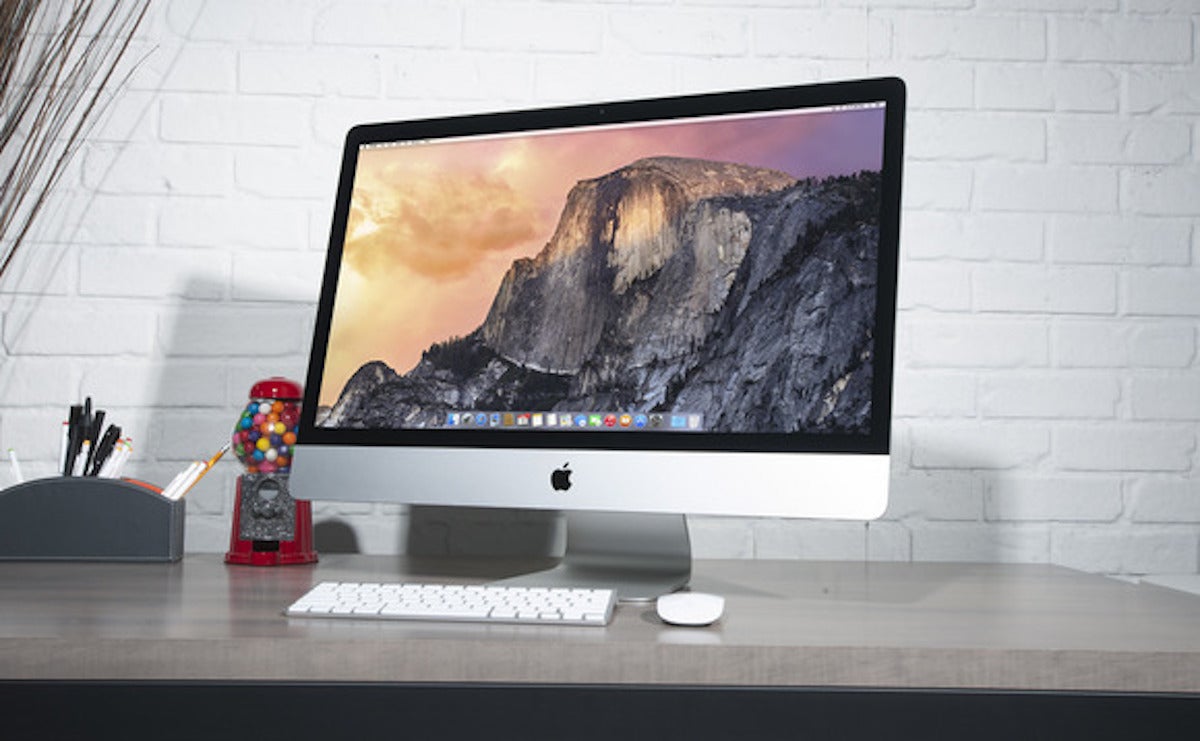

NOTE: To use Screen Time with Family Sharing, you need to be the family organizer or parent/guardian in your family group, on at least iOS 12 or iOS 13. You can add family members any time from Family Sharing settings. Follow the instructions to add a child and set up your family.If you need to create an Apple ID for your child
#Apple website monitor turns off how to#
How to Use Family Sharing to Set Up Apple Screen Time After you set up your child’s device, you can also use Family Sharing to view reports and adjust settings at any time, from your own device.Ĭlick here to watch how to set up Apple Screen Time. You can set up Screen Time and create settings on your child’s device or you can use Family Sharing to configure your child’s device from your own device. On your child’s iPhone, iPad, or iPod touch, go to Settings > Screen Time.Additionally, you can block or limit certain apps and features, restrict explicit content, and prevent purchases and downloads on your child’s device. It allows you to see how much time your children spend on apps, websites, and more. Even with image blocking turned on, it will still display the way you design it to look.Screen Time is a feature available on all Apple devices that support iOS 12, iOS 13, iOS 14, and iOS 15. This combination is styled to look like an image-based button. That’s why you need to bulletproof your buttons against email image blocking.īulletproof buttons are created by combining live text with a background color. While using text-based CTAs is a common practice, sometimes your email design just looks better with a button-based CTA. One of the most important elements of your email is the call to action. The danger of image-heavy emails, besides being unreadable if image blocking is a default setting for your subscriber, is that they are a major spam trigger. The best way to design your emails is to have a considerable amount of text for every image you use. While image-only emails may look good, they can be harmful to your email campaign, because the impact of image blocking is more pronounced on this type of email and those with a single image and a little bit of text. Whitelisting proves to your subscriber’s ISP that your email is safe, ensuring that subscriber’s will receive your content. All the instructions are available in this handy guide. You can send these instructions in your welcome email so your subscribers will get your emails from the very start and see all your beautiful images.Įach email client has a different process to whitelisting your emails, so we did the groundwork for you to make it easy.

The second way you can combat blocked images is to ask your subscribers to whitelist your emails or add you to their safe senders. Generally, changing the line-height will change the vertical alignment of the styled alt text. Setting the line height in the style for the image to be equal to the height of the image will make sure the alt text is vertically aligned in the middle. Litmus created this helpful chart to show which email clients block images, render alt text, and render styled alt text. While most email clients have a setting to turn images on or off, some offer conditional settings which are contingent upon known senders or other factors. However, just a year later, Litmus released stats that revealed that 43% of Gmail users read their emails without having images on.Įvery client has its own default settings regarding displaying/blocking images.

This was a game changer for Gmail users and marketers, as now, when emails arrive in Gmail inboxes, the image is displayed by default. Although, if they preferred, they could adjust a setting to ask before displaying external images. Essentially, this meant that Gmail users would never have to click the “display images below” link again. It was a widely used tactic among spammers to send image-only emails, and email clients used image blocking as the first line of defense in order to protect their users.īack in 2013, Gmail took a new stance and announced that “images would display across desktop, iOS, and Android.” Instead of serving images directly from their original external host servers, Gmail would serve images through Google’s own secure proxy servers. At one time, email clients widely blocked images in emails to protect you from nefarious email senders who might try to use images to compromise the security of your computer or mobile device.


 0 kommentar(er)
0 kommentar(er)
